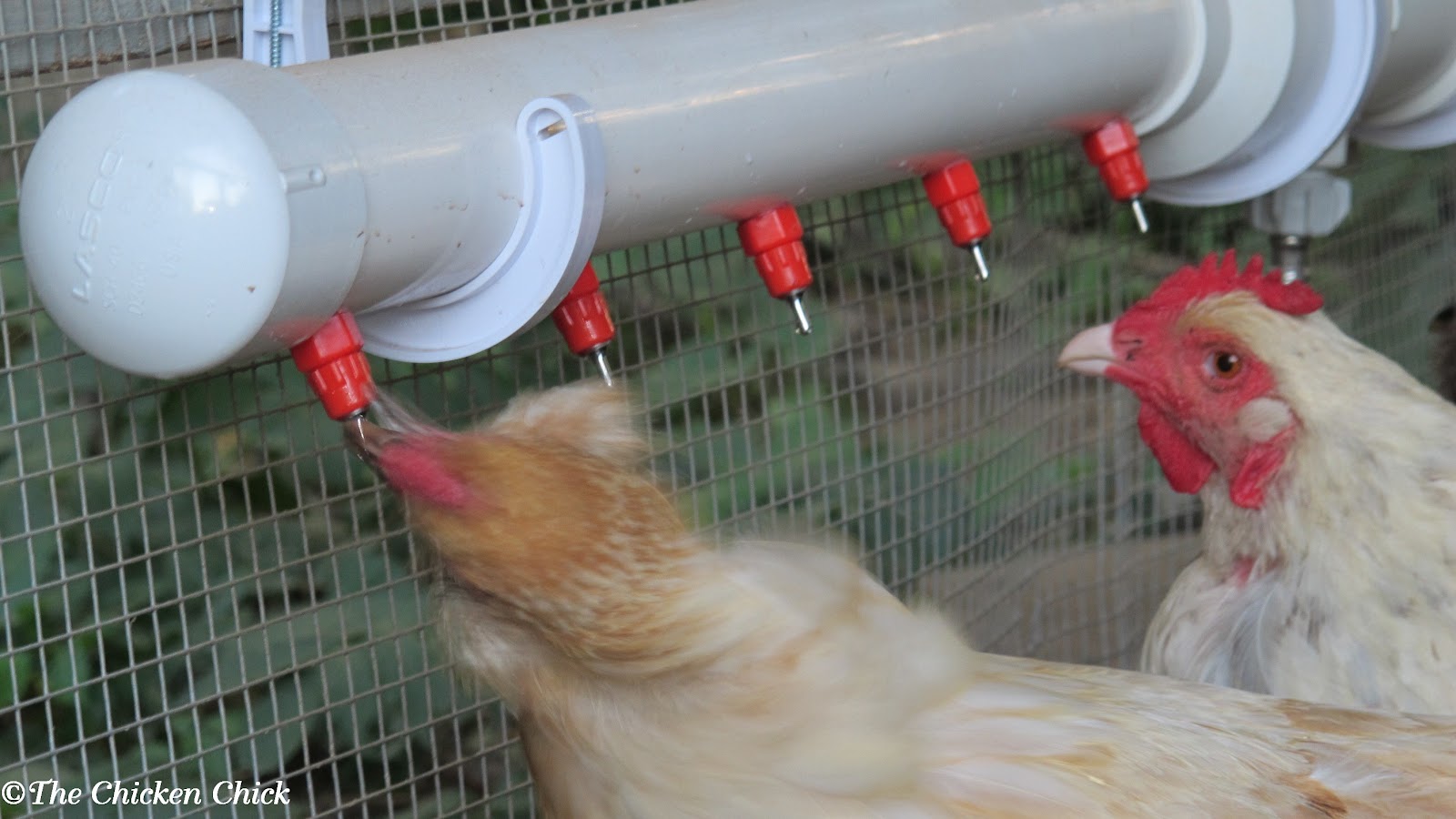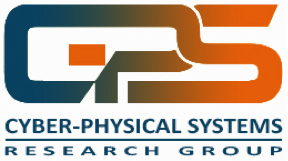Fourth Industrial Revolution
The fourth industrial revolution is the current and developin environment in which disruptive technologies and trends such as the Internet of Things (IoT), robotics, virtual reality (VR) and artificial intelligence (AI) are changing the way we live and work.
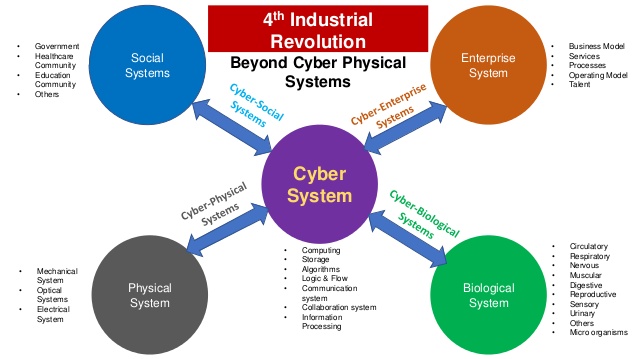
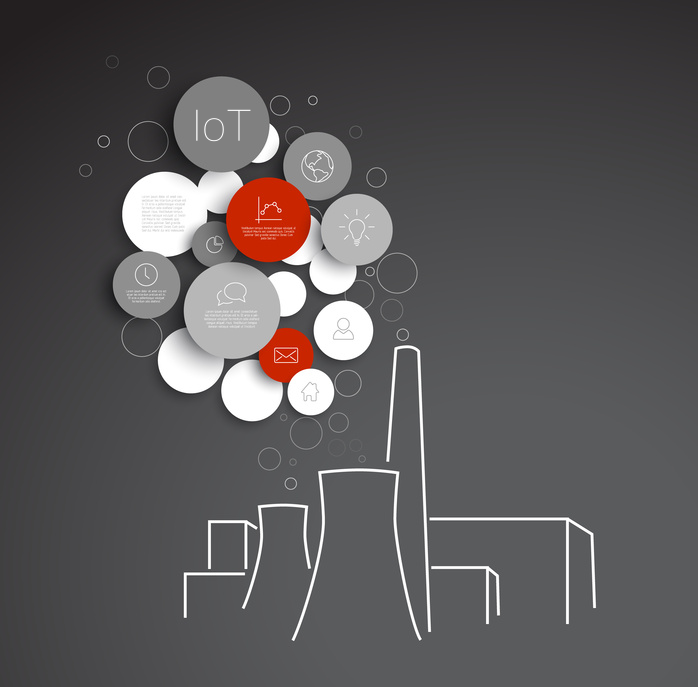
Internet of Things
In 2013 the Global Standards Initiative on Internet of Things (IoTGSI) defined the IoT as the infrastructure of the information society. Internet of Things (IoT) as defined by the ICT (Information and Communication Technology) as a dynamic global network infrastructure with self configuring capabilities based on standard and inter operable communication protocols where physical and virtual things have identities, physical attributes and virtual personalities use intelligent interface and seamlessly integrated into the information network. IoT is the inter networking of physical devices, vehicles, buildings and other items embedded with electronics, software, sensors, actuators, and network connectivity that enable these objects to collect and exchange data. The traditional fields of embedded system, wireless sensor networks, control system, automation systems are together interconnected to form the IoT. That means the internet of things builds over the revolutionary success of mobile and internet network.
Smart Building/Campus/Hospital: Indoor Positioning Systems
The Global Positioning System demonstrates the significance of Location Based Services but it cannot be used indoors due to the lack of line of sight between satellites and receivers. Indoor Positioning Systems are needed to provide indoor Location Based Services. Wireless LAN fingerprints are one of the best choices for Indoor Positioning Systems because of their low cost, and high accuracy, however they have many drawbacks: creating radio maps is time consuming, the radio maps will become outdated with any environmental change, different mobile devices read the received signal strength (RSS) differently, and peoples’ presence in LOS between access points and mobile device affects the RSS.
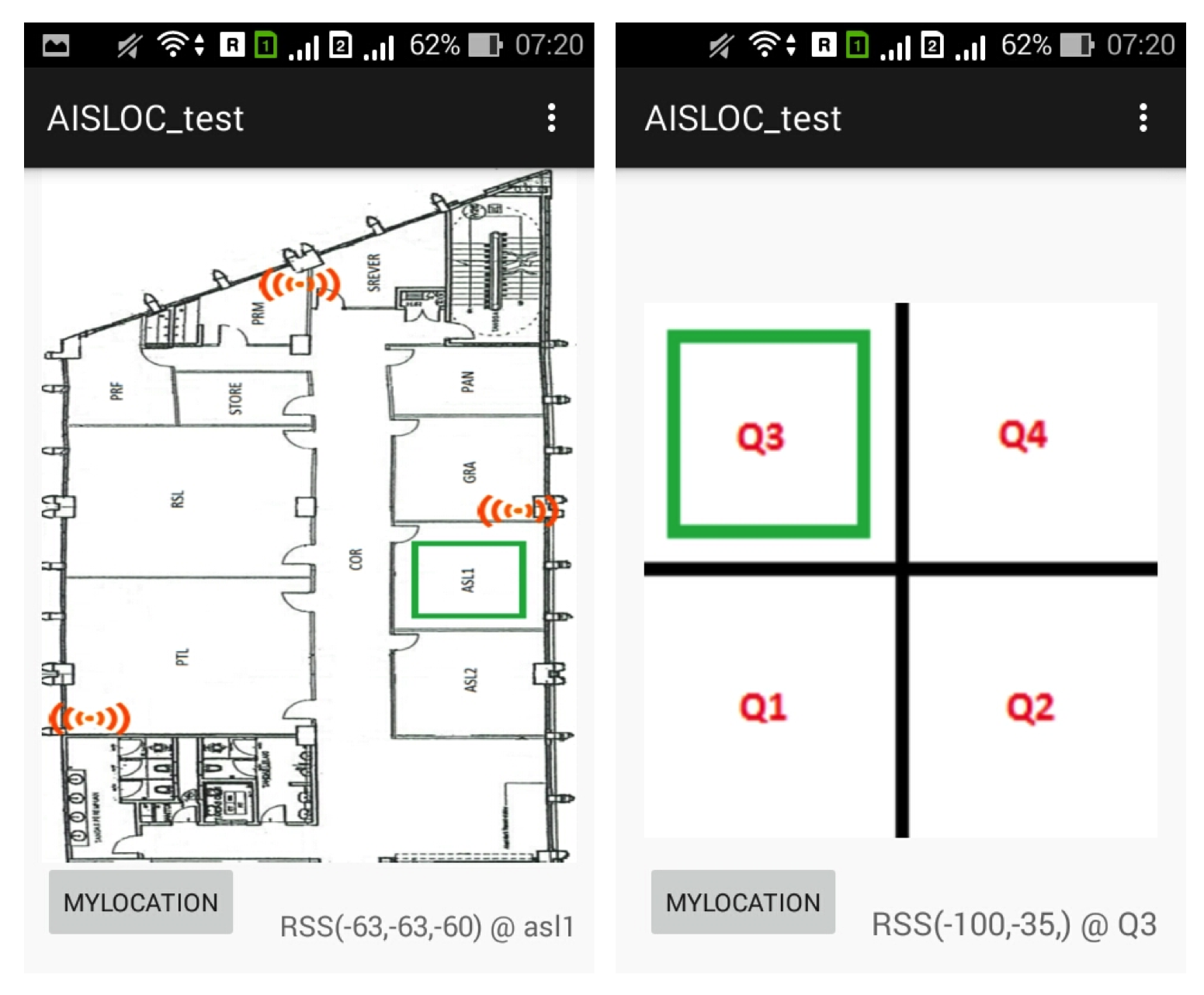

Mixed Criticality and Real-time and Reliability in Complex Embedded Systems
The area of applications of mixed-criticality in networked complex embedded systems has been receiving increasing interest in the international research community, industry, funding agencies and policy makers. As a new field, understanding of applications and coverage of research topics have not been fully understood or identified, leaving significant gaps and establishing islands of research.Real-time designs are increasingly faced with the challenge of ensuring performance guarantees in the presence of stochastic events that lead to failures. At the same time the traditional models and techniques used to provide fault tolerance are aimed to ensure high average performance and, therefore, are inadequate for adaptation in real-time designs. One of the main aims of this session is to increase awareness about the intertwining challenges in the areas of Real-Time and Reliability.
Big Data and Machine Learning
Big data, artificial intelligence (AI) and machine learning are becoming widespread in the public and private sectors. Data is being collected from an increasing variety of sources and the analytics being applied are more and more complex. While many benefits flow from these types of processing operations, when personal data is involved there are implications for privacy and data protection.
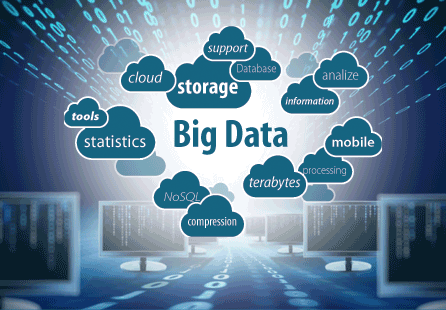
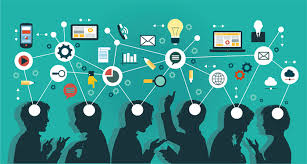
Mobile Apps, Mutimedia for Learning Disabilities
Dyslexia is one of the most common learning disabilities experienced by children and adults. A large amount of research is currently being conducted in exploring the benefits of using Information & Communication Technologies as a learning platform for individuals and especially children with such learning difficulties. Given the potential benefits, we focused on developing a mobile application which could foster learning and help children improve some of their fundamental skills, such as reading comprehension, short-term memory and mathematical problem solving
Smart Rural : IoT Chicken Pottery
Smart Rural has developed a number of proprietary connected devices to control farm systems including irrigation, feeding and CCTV. These products can turn any farm into a smart farm that benefits from increased efficiency and security.
